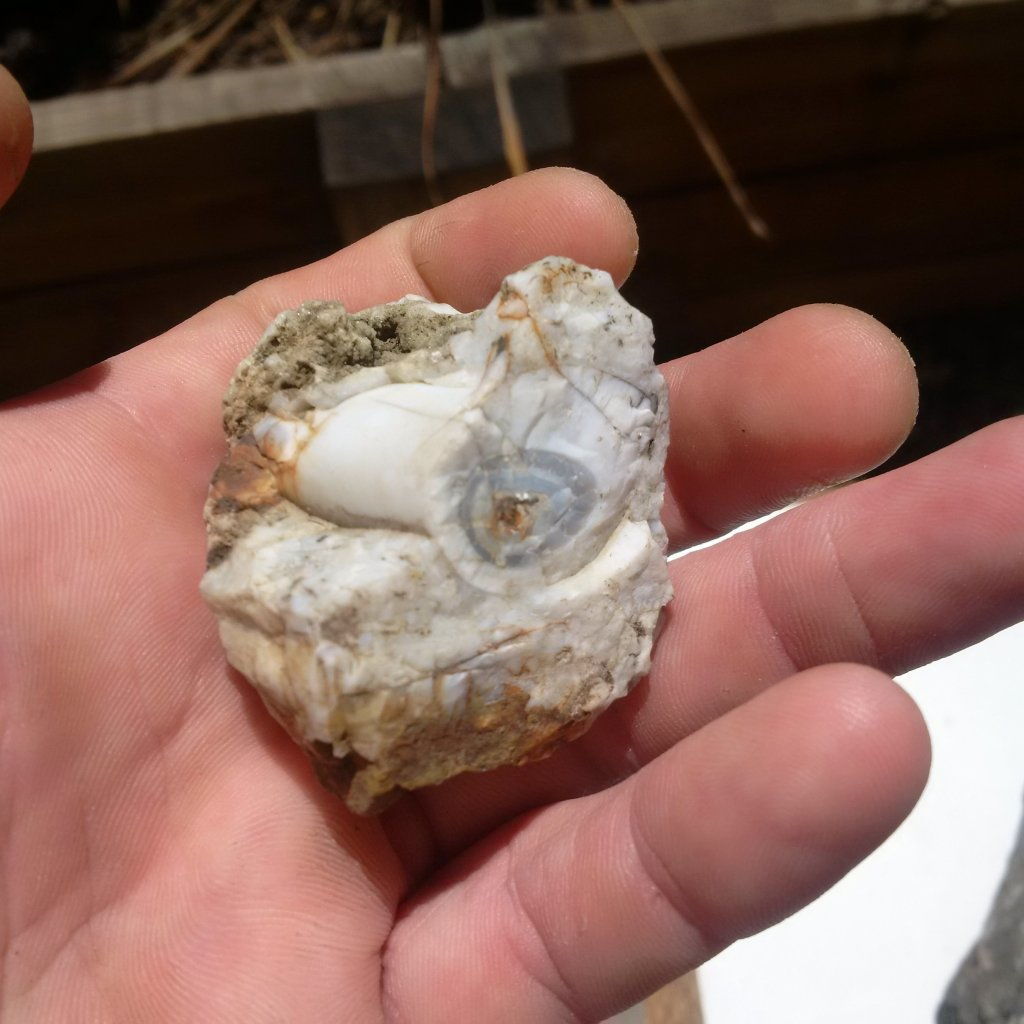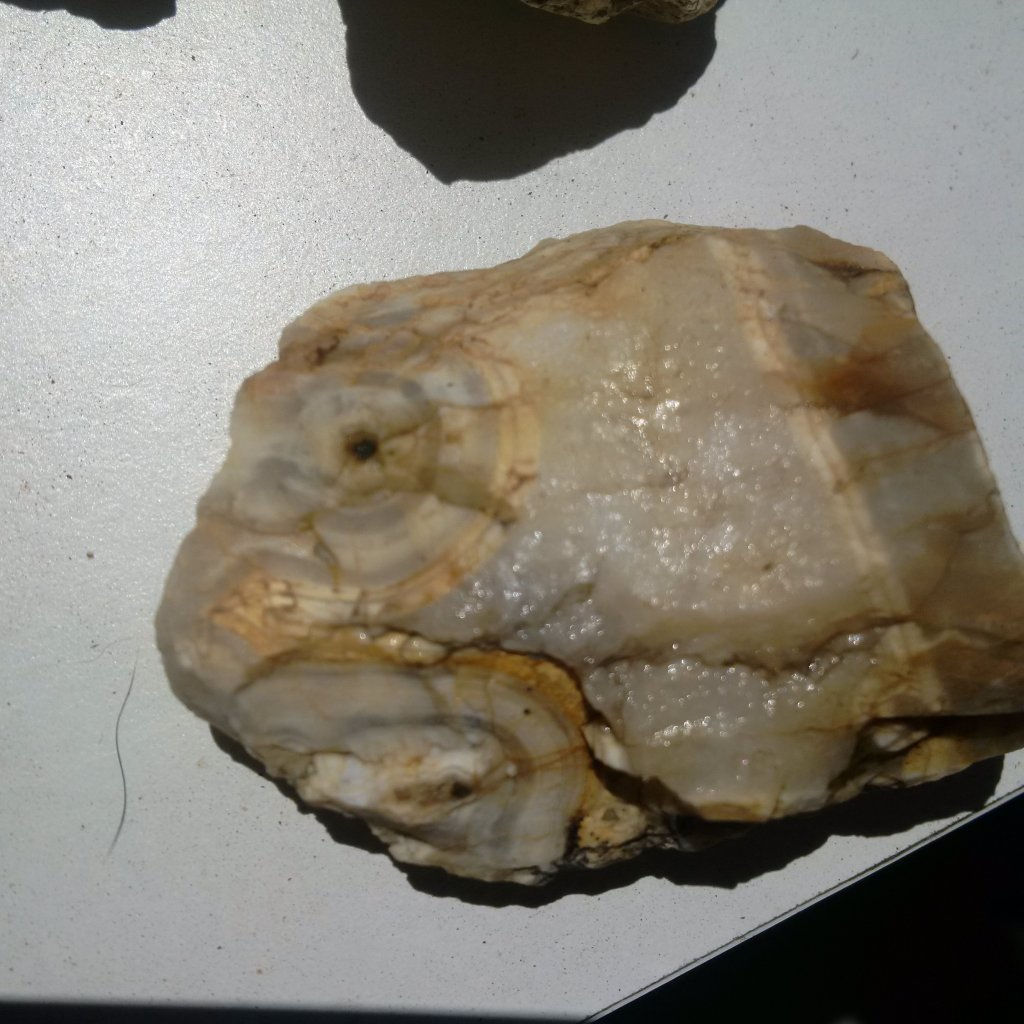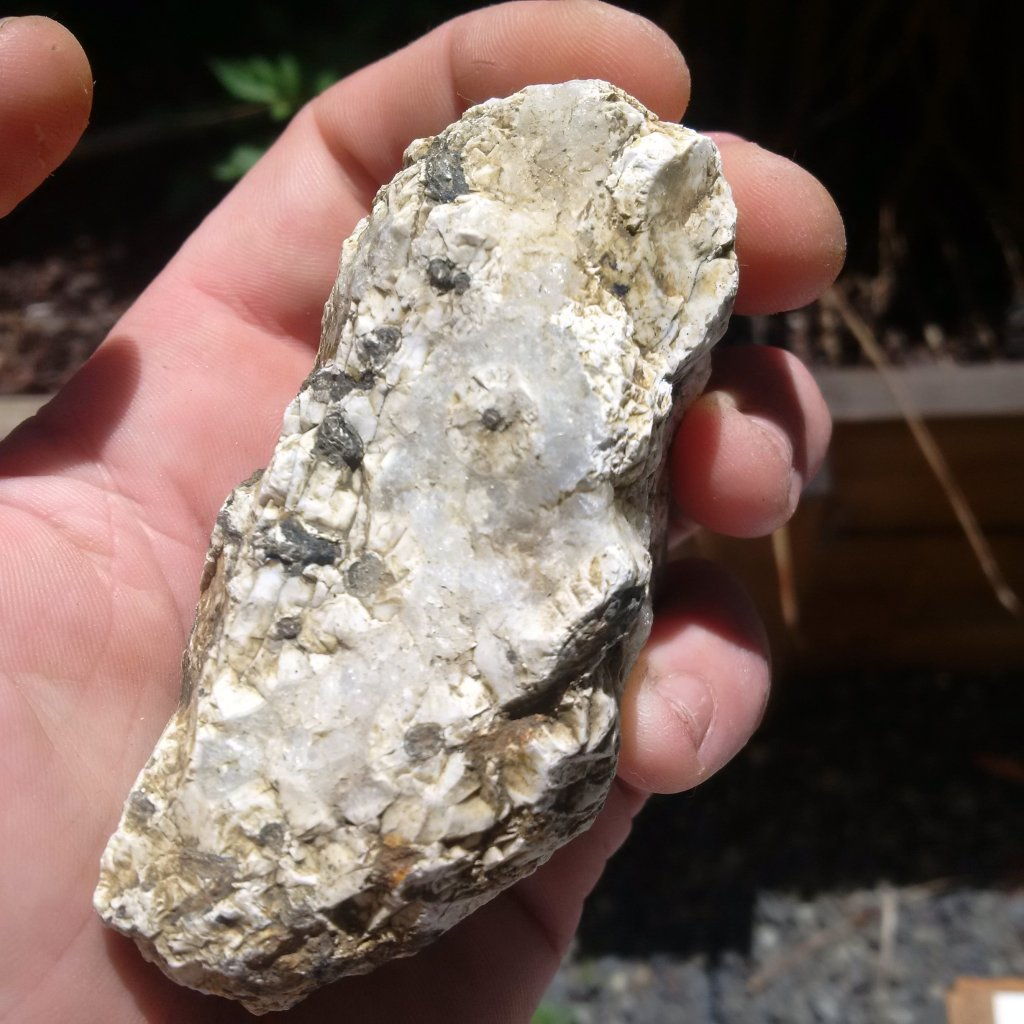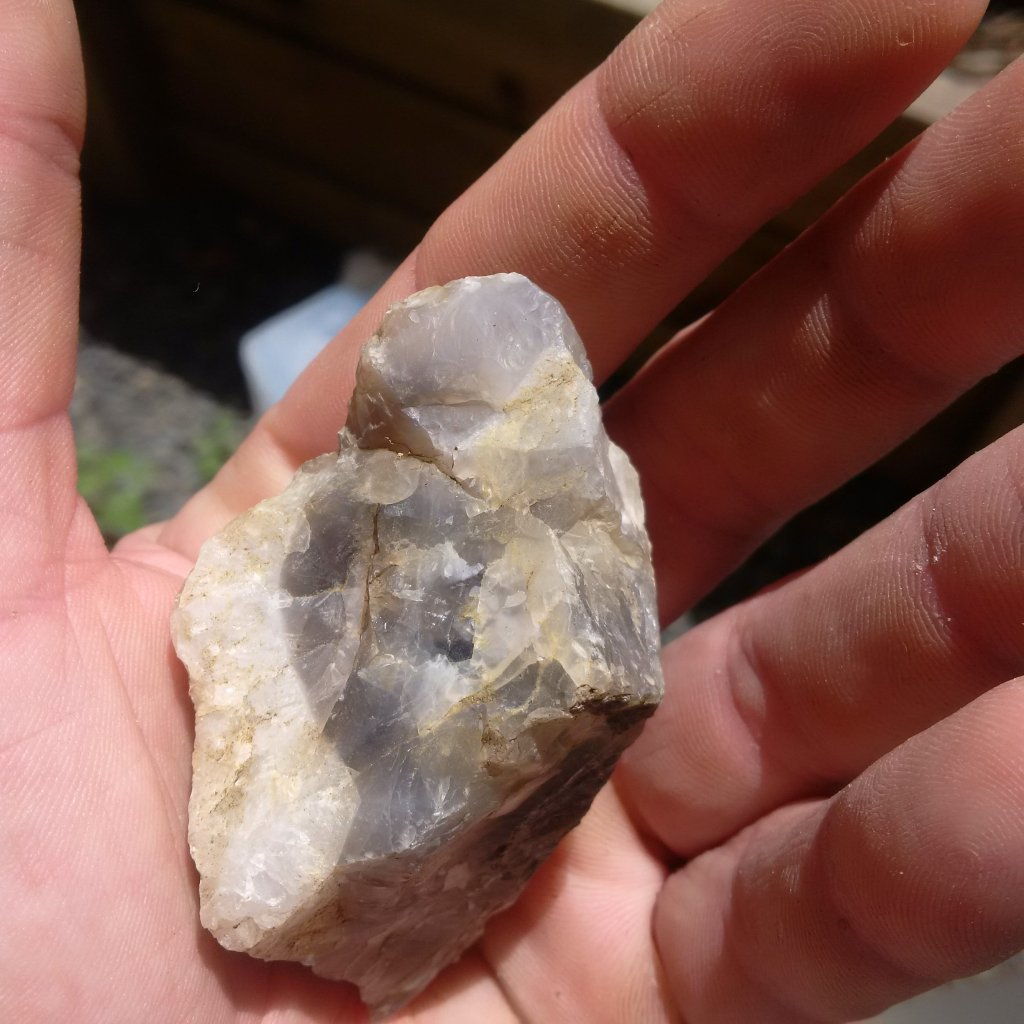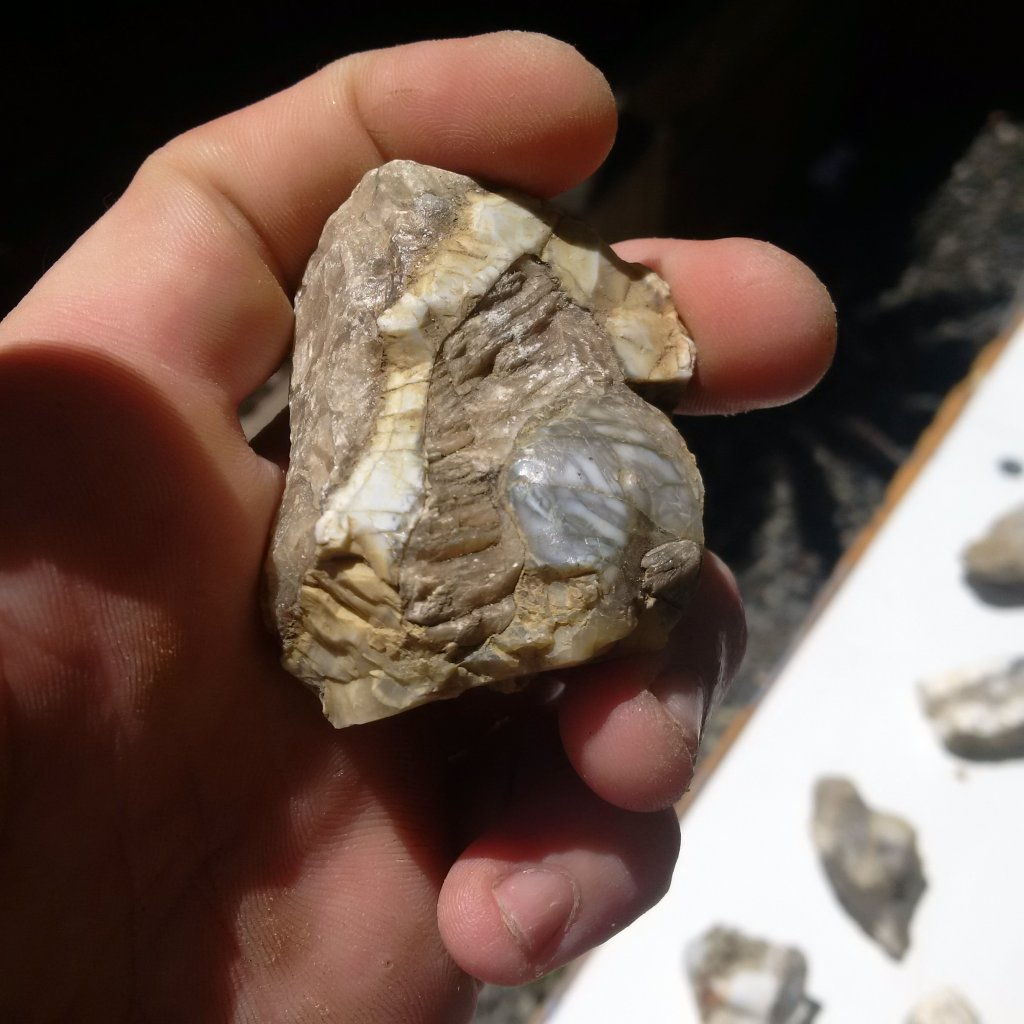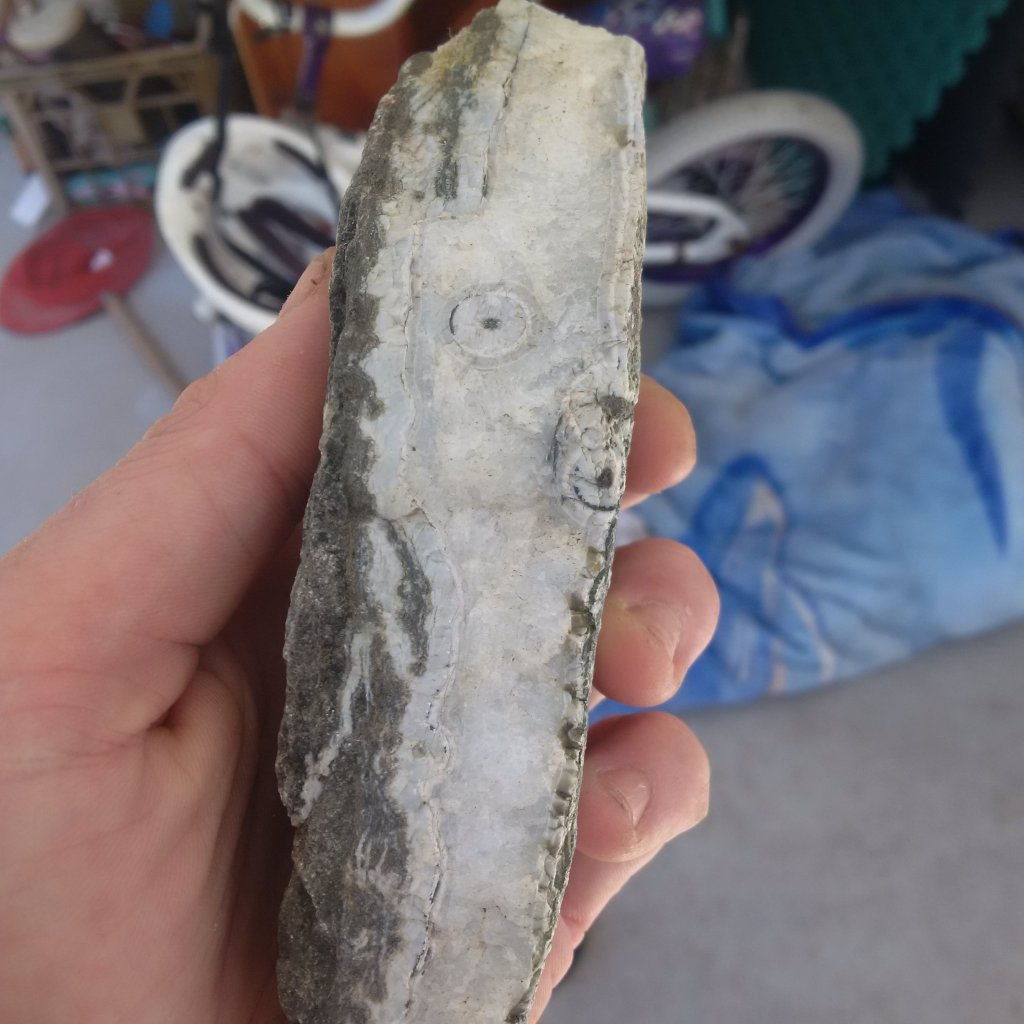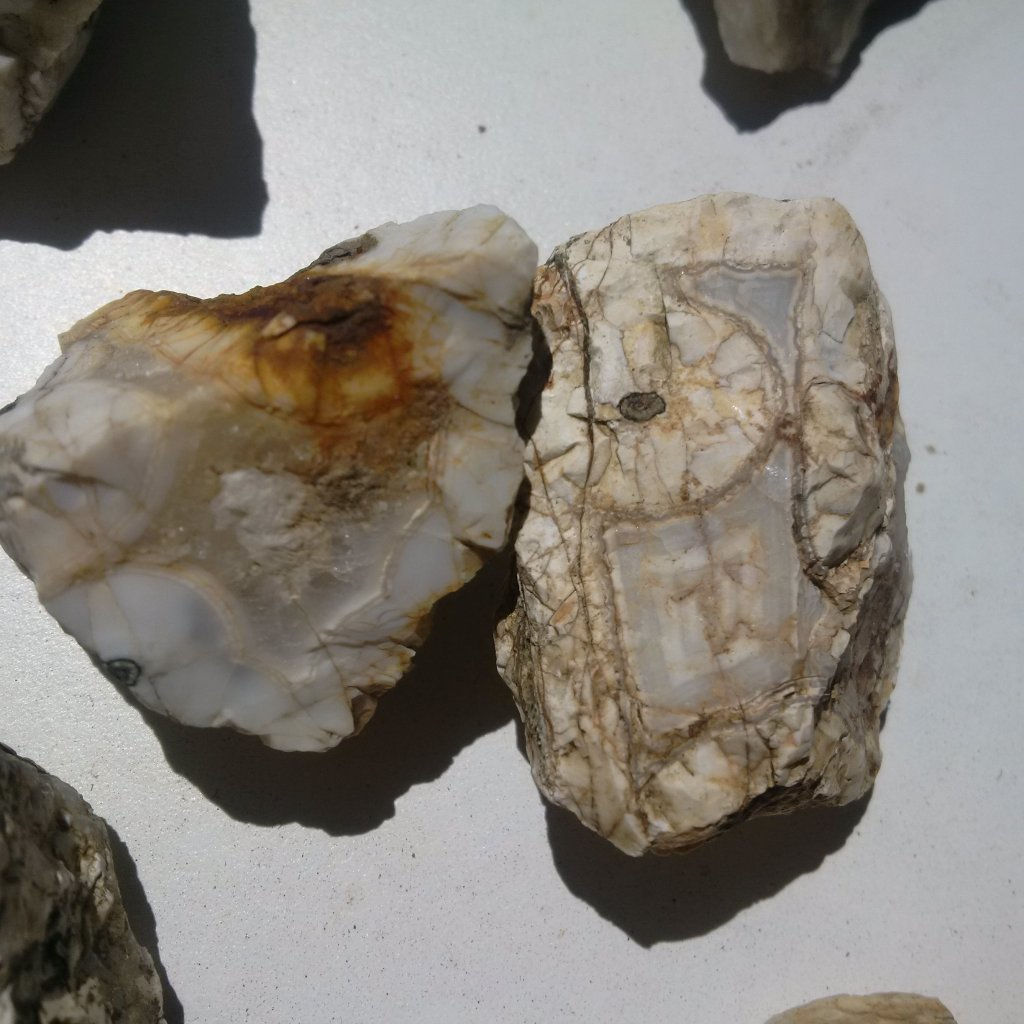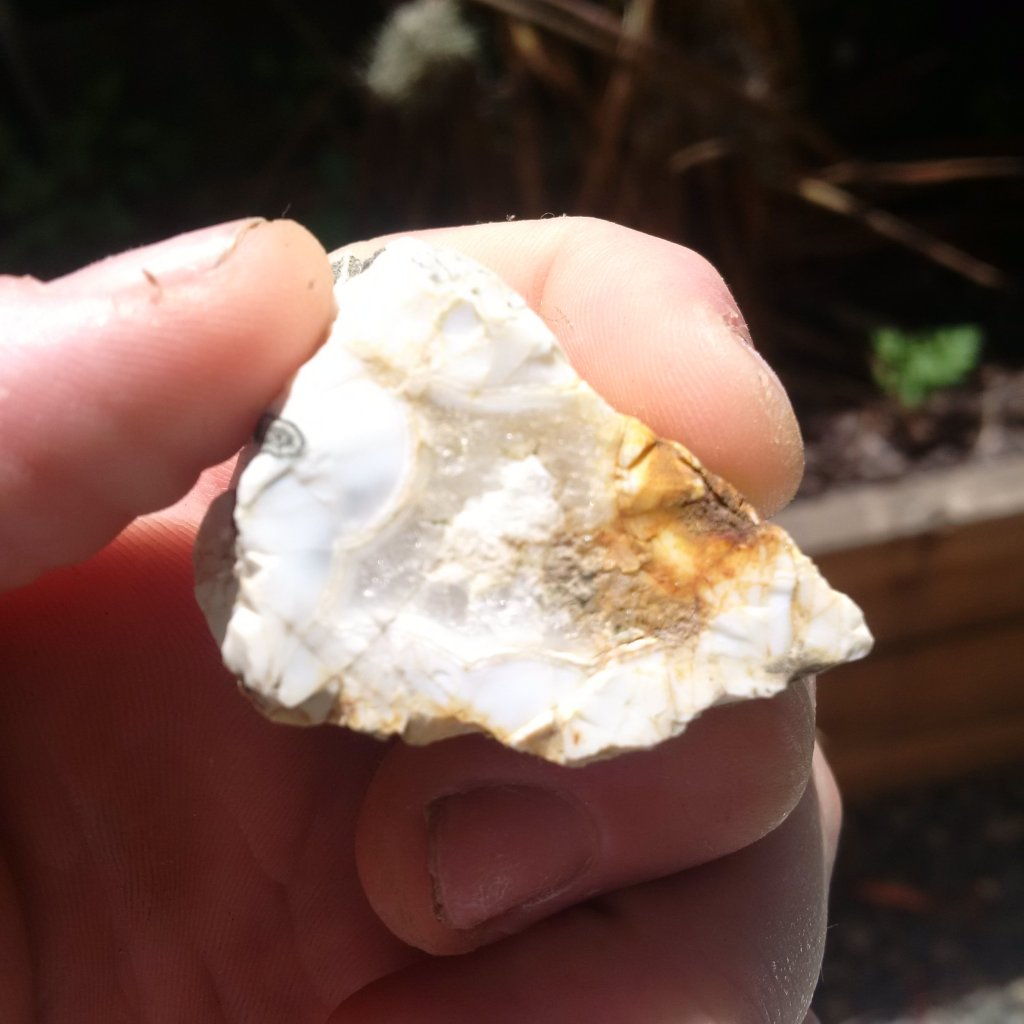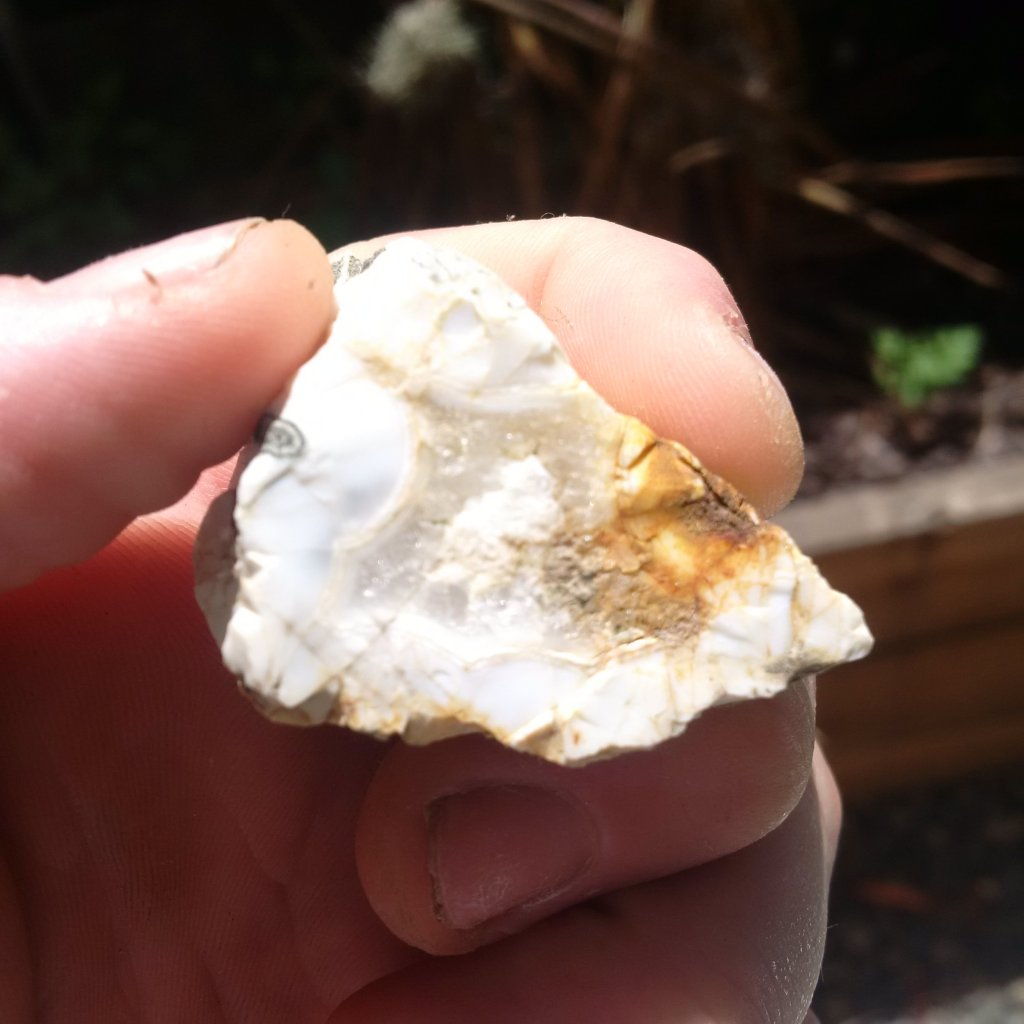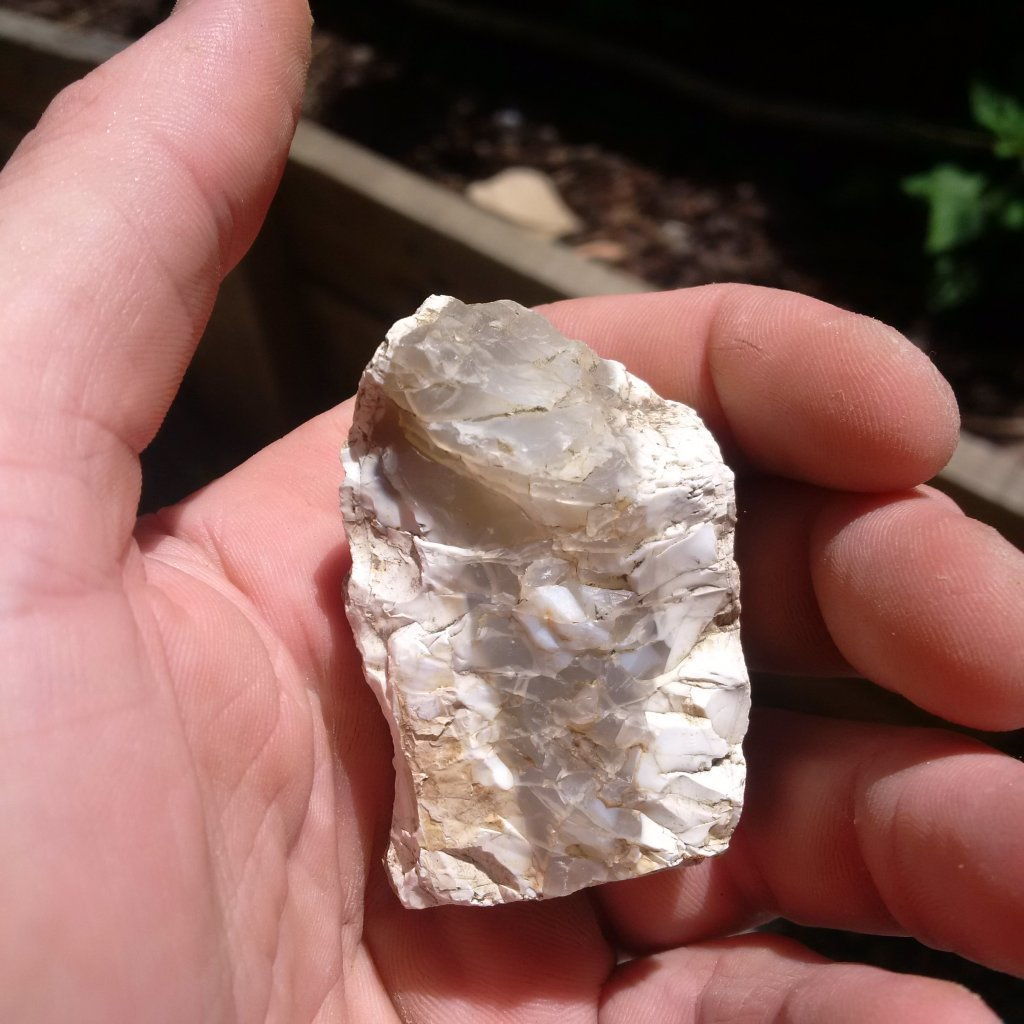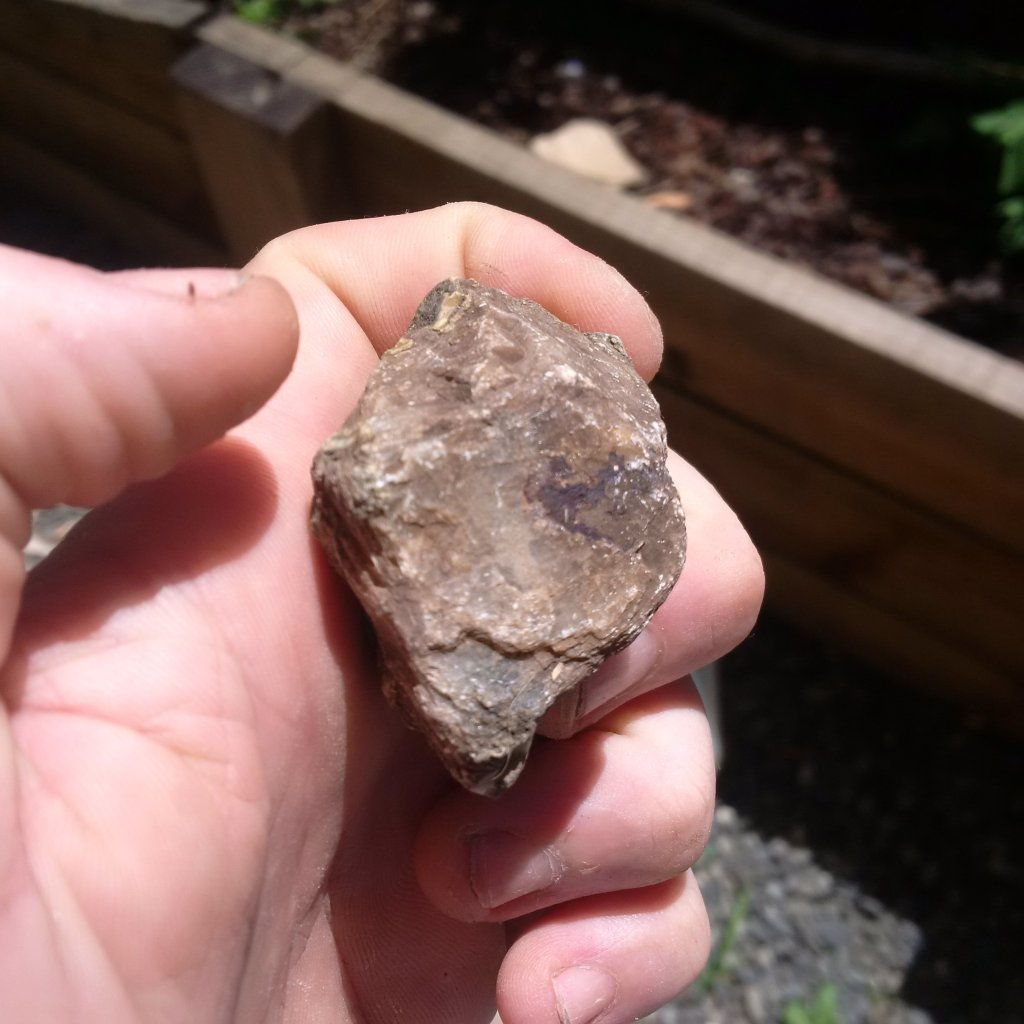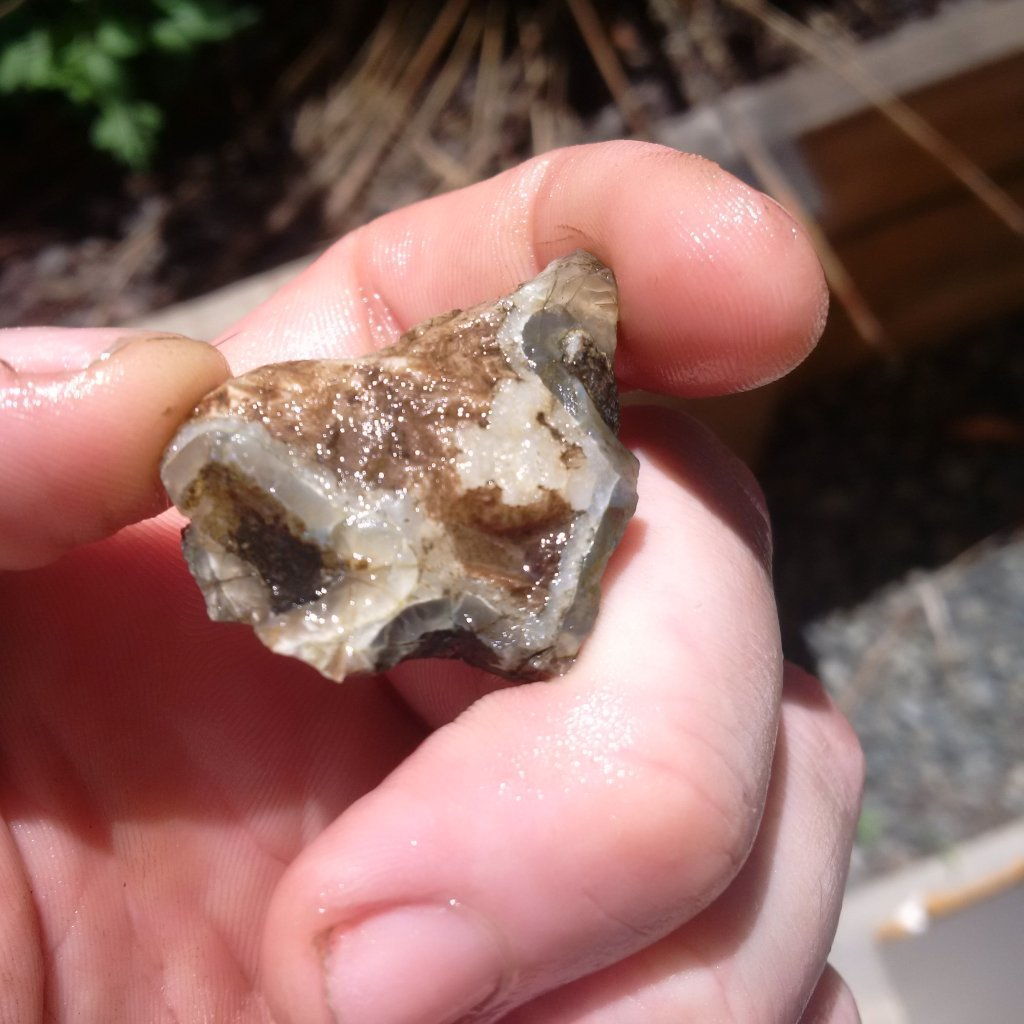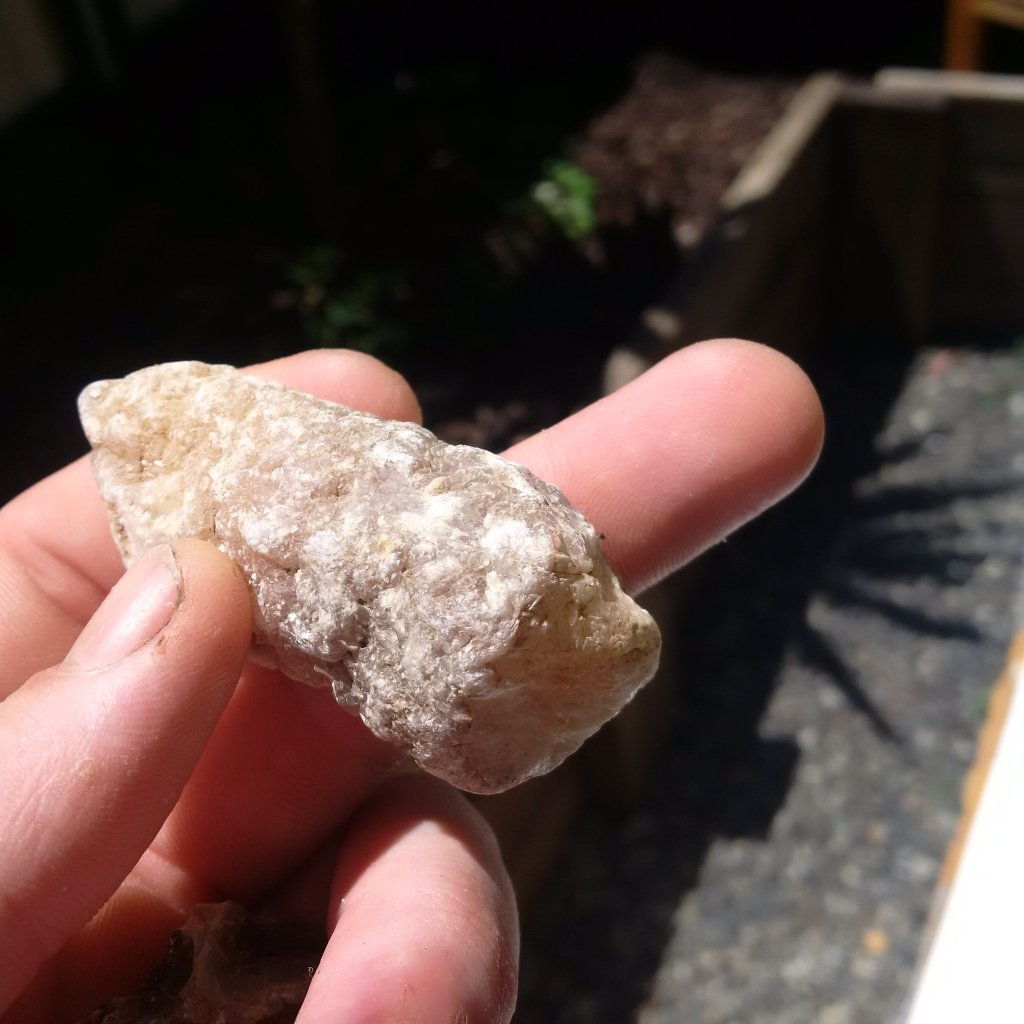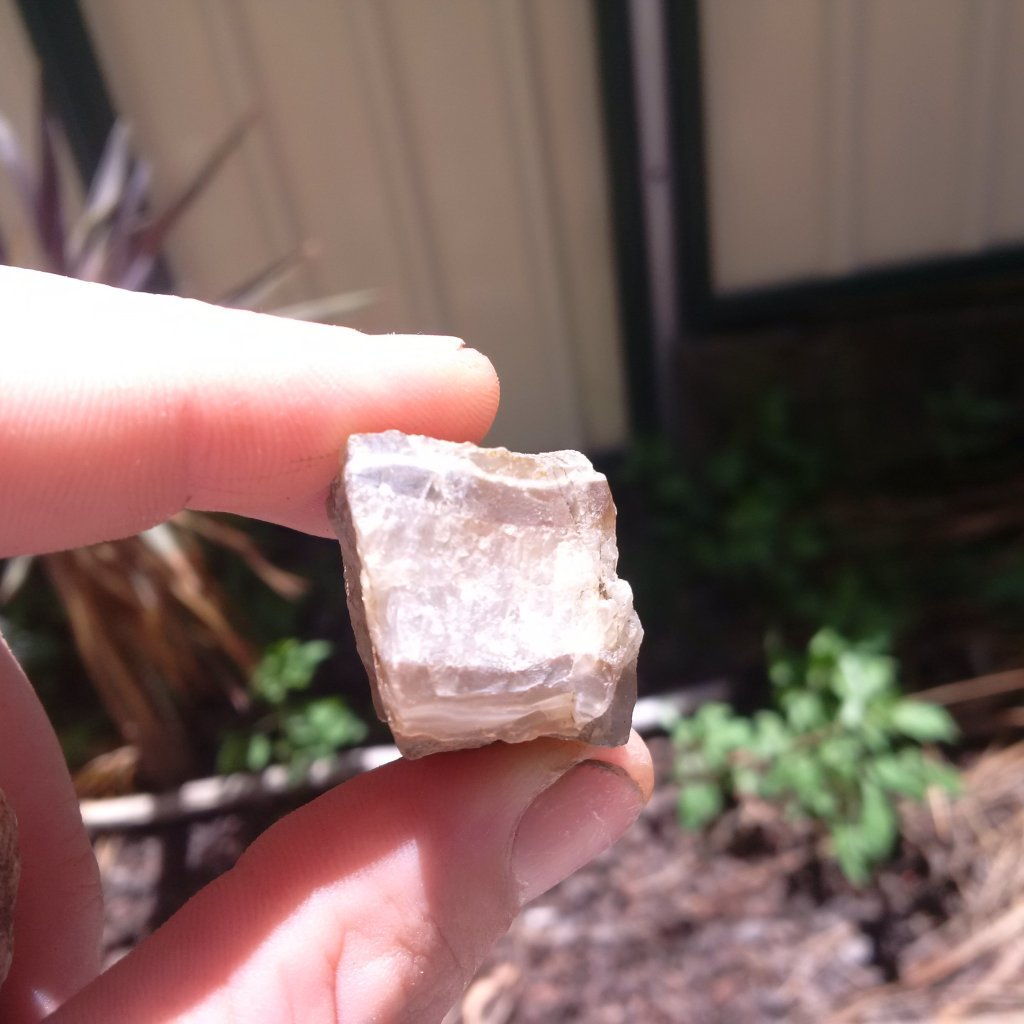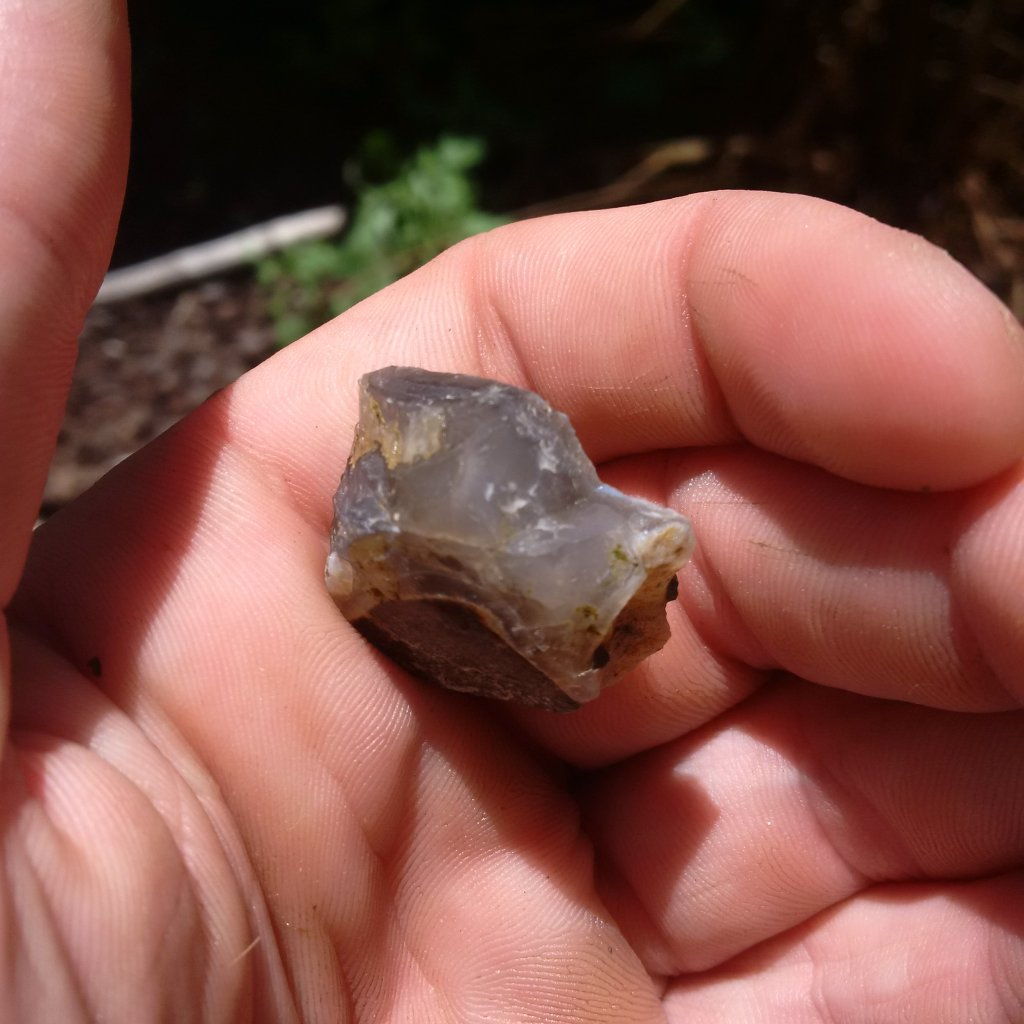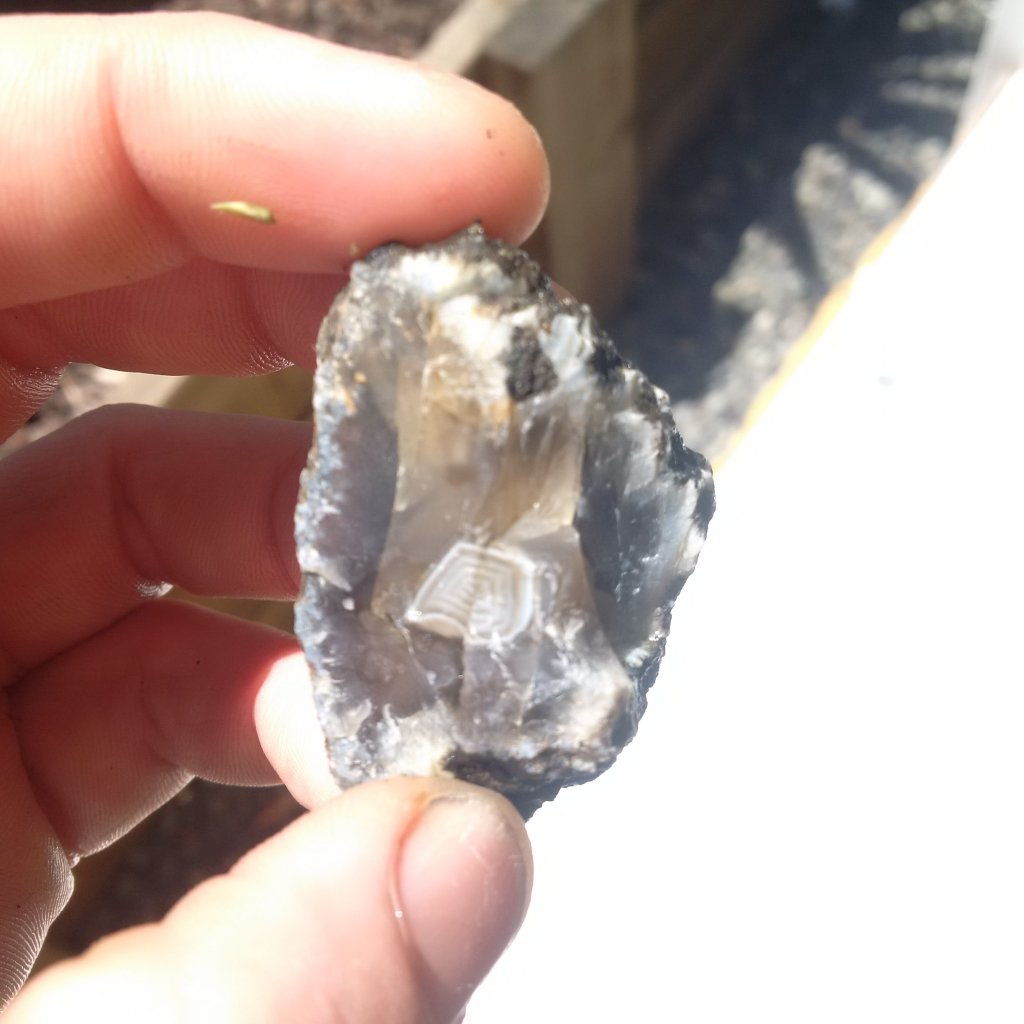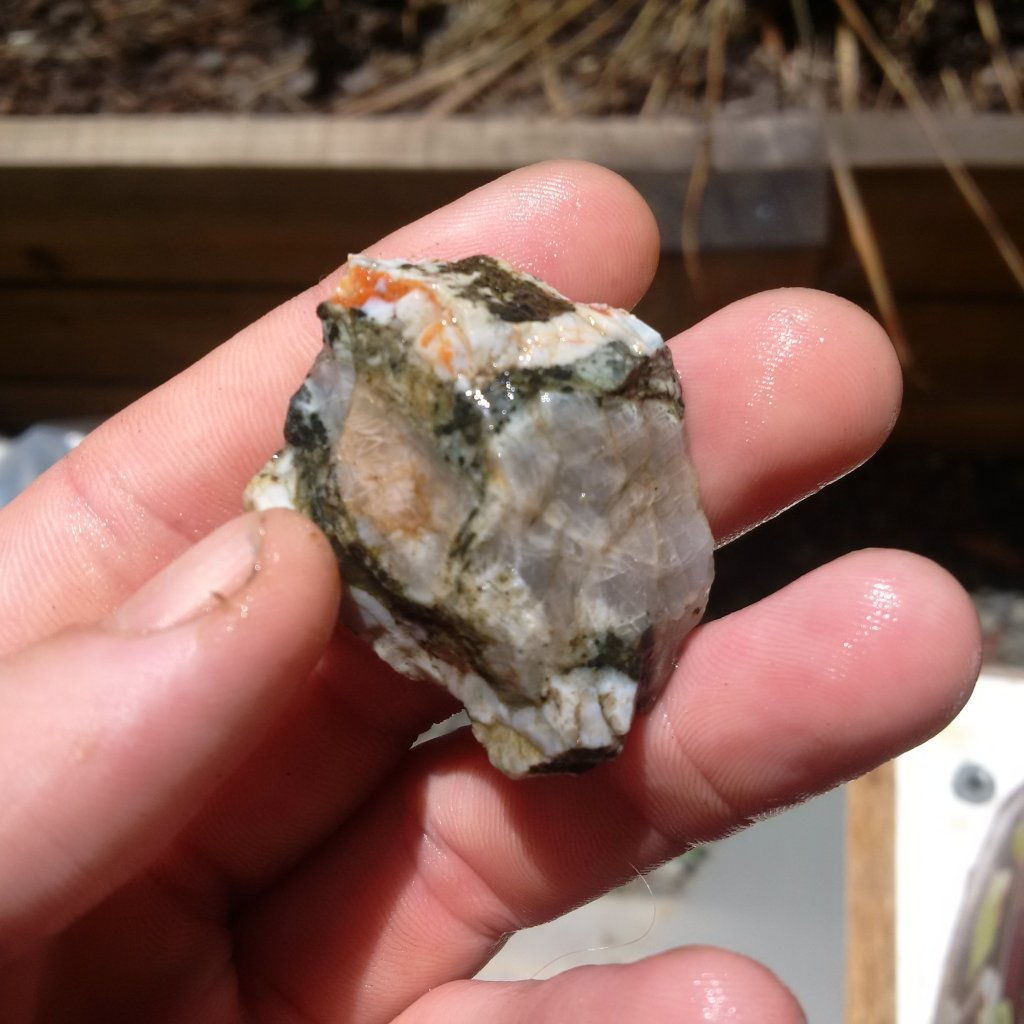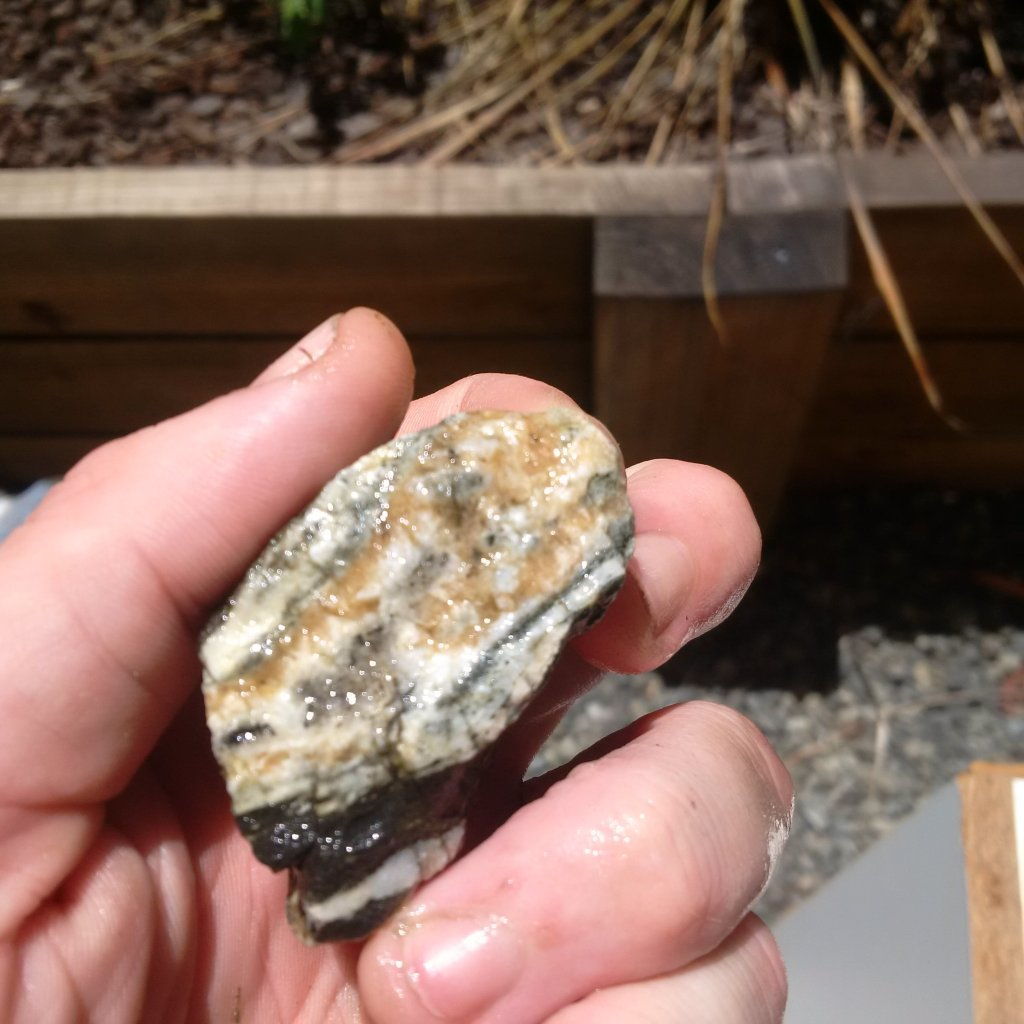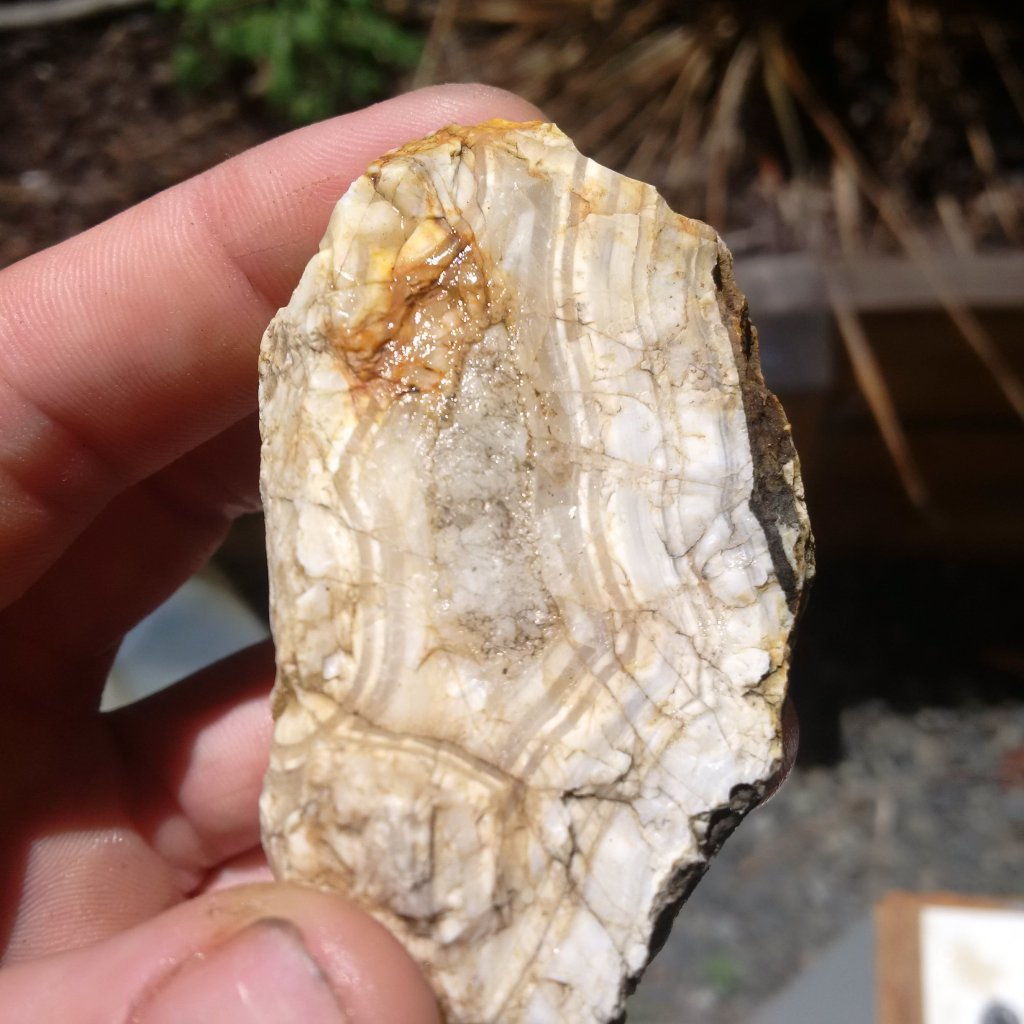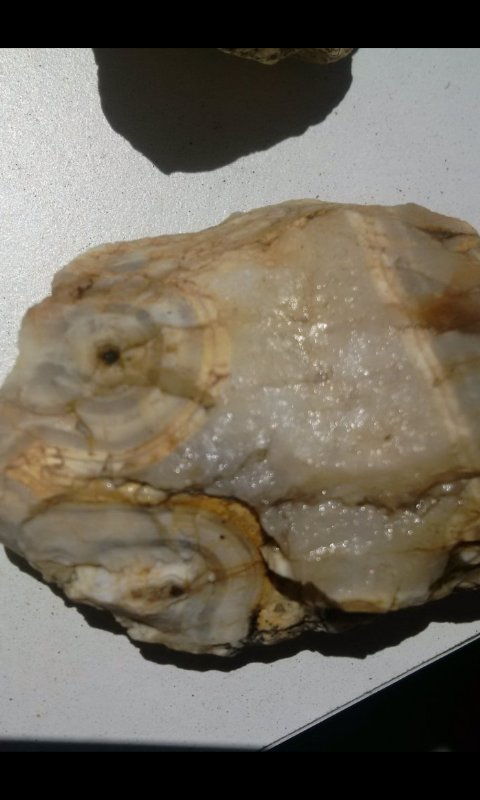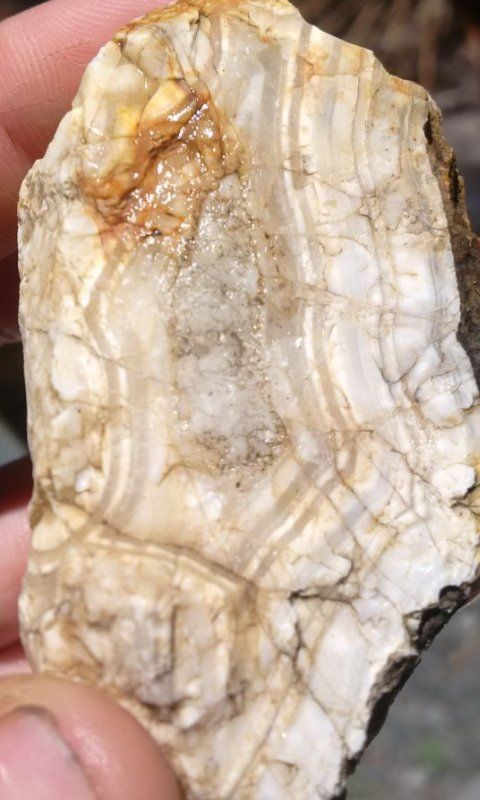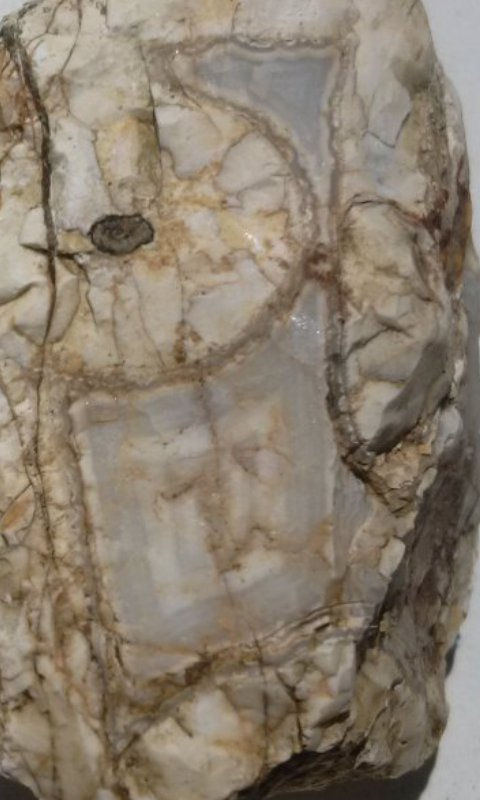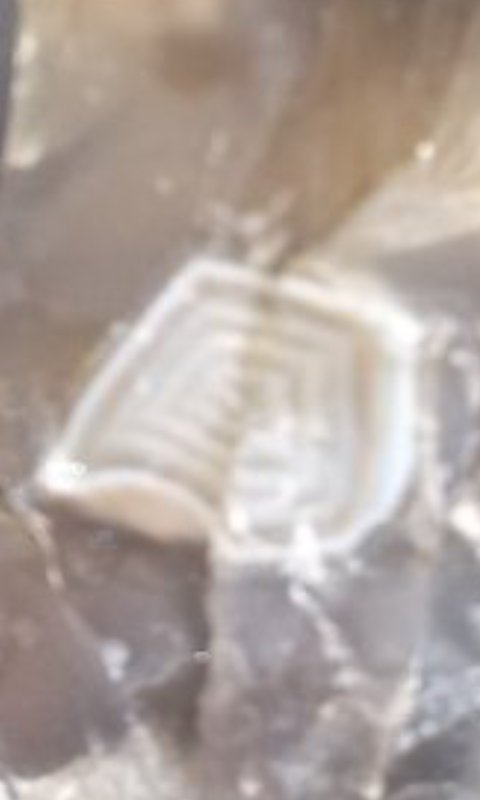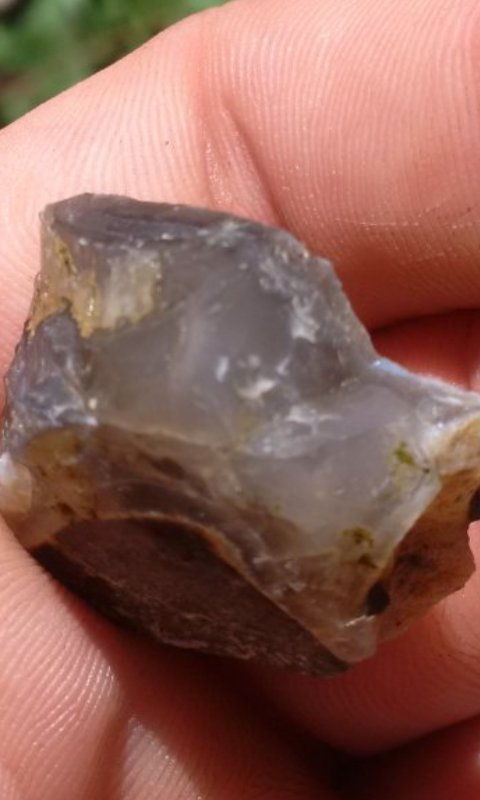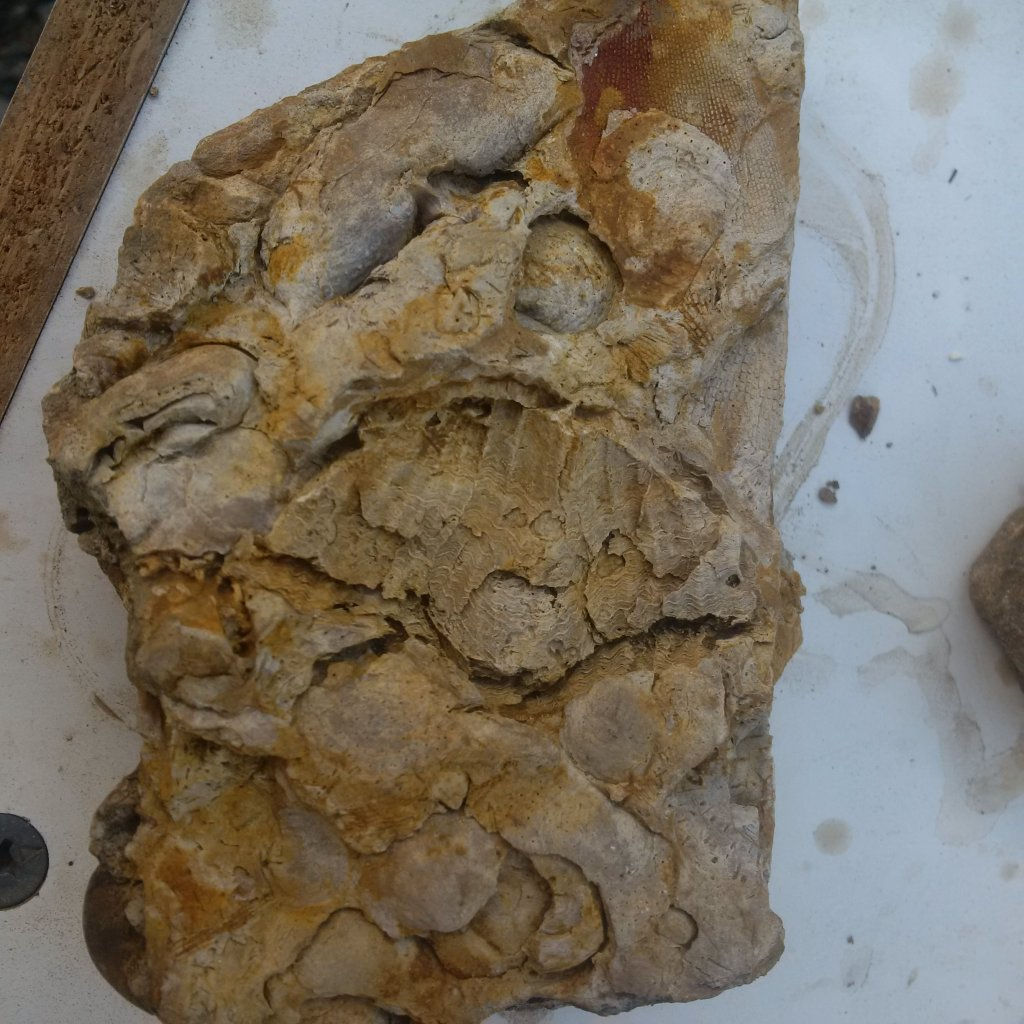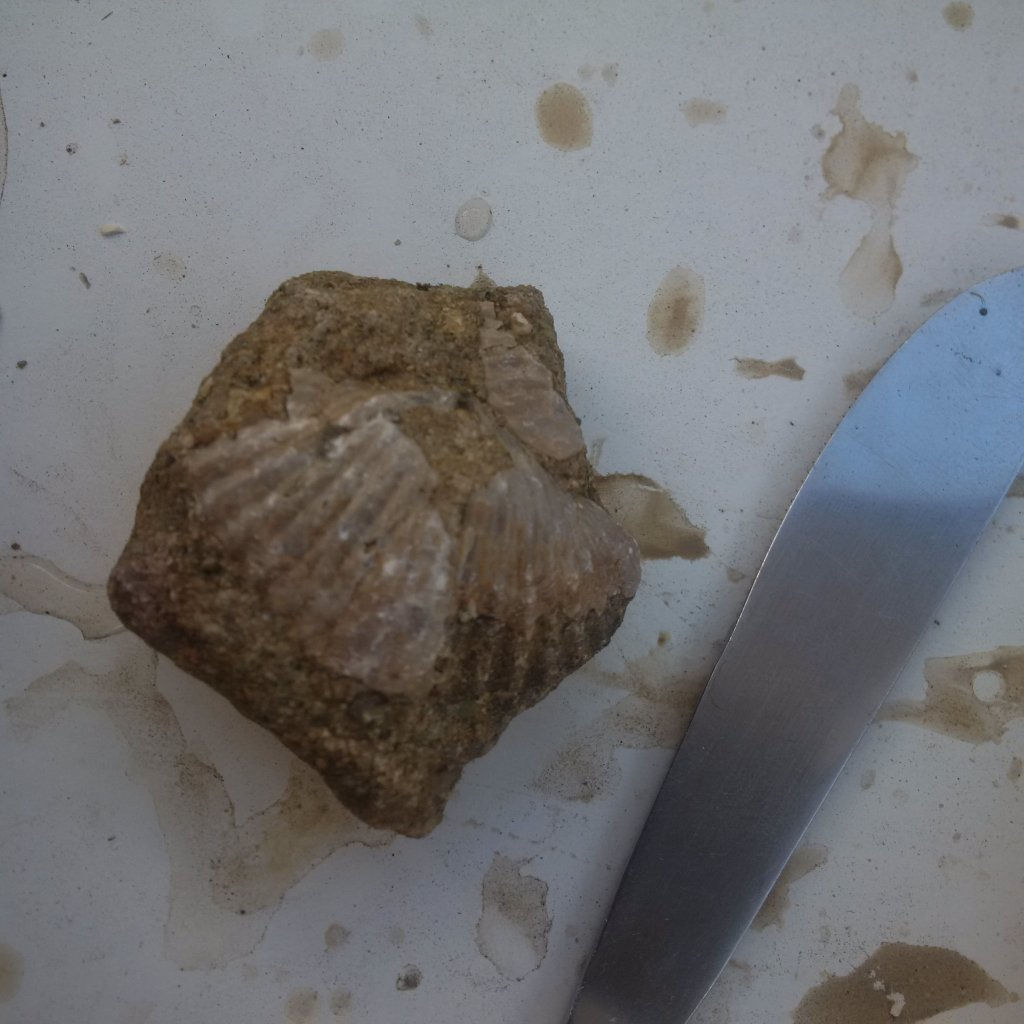You are using an out of date browser. It may not display this or other websites correctly.
You should upgrade or use an alternative browser.
You should upgrade or use an alternative browser.
can anyone identify
- Thread starter nathaniel
- Start date

Help Support Prospecting Australia:
This site may earn a commission from merchant affiliate
links, including eBay, Amazon, and others.
1st photo is cool as :Y: , if i handent seen the other pictures i would have been dreaming some sort of rare quarts opal core , but hey they are all interesting :Y: one for the rock hounds to identify 
Thanks mate I'm only just starting out and any help is appreiciatedaussiefarmer said:1st photo is cool as :Y: , if i handent seen the other pictures i would have been dreaming some sort of rare quarts opal core , but hey they are all interesting :Y: one for the rock hounds to identify
Except for last fossil photos. all above that are various forms of chalcedonic (microquartz) and possibly opaline silica. Attractive. Many are banded, some could probably be called agate.
And quartz does not "flow", it is deposited from a water solution layer by layer (precipitated). It is a common misconception that quartz veins are "molten" quartz that has "flowed" into fractures. Not so, it is water containing dissolved quartz that has flowed through the fractures, and as it does so quartz precipitates out on the walls of the fracture, layer by layer. Sometimes it does not fill the fracture completely and the water ends up flowing away leaving open cavities (sometimes nice quartz crystals grow into the open cavities before the last of the water is gone).
And quartz does not "flow", it is deposited from a water solution layer by layer (precipitated). It is a common misconception that quartz veins are "molten" quartz that has "flowed" into fractures. Not so, it is water containing dissolved quartz that has flowed through the fractures, and as it does so quartz precipitates out on the walls of the fracture, layer by layer. Sometimes it does not fill the fracture completely and the water ends up flowing away leaving open cavities (sometimes nice quartz crystals grow into the open cavities before the last of the water is gone).
Bit doubtful about that - all look like marine fossils, mostly brachiopods, to me.Dave79 said:Top right of the first photo is a fossilized ginkgo leaf. Looks like some pretty cool fossils there.
The top right of that first fossil is the remnants of Bryozoa, another one slightly below on the right border. A lot of the clam like fossils are Brachiopods.
The second singular shell you have, could be a Spiriferid brachiopod, but I couldn't confirm until the remaining limestone or whatever the host rock is, is removed.
Great pieces, wherever you found them was likely an inland sea at some time in our past.
The second singular shell you have, could be a Spiriferid brachiopod, but I couldn't confirm until the remaining limestone or whatever the host rock is, is removed.
Great pieces, wherever you found them was likely an inland sea at some time in our past.
Similar threads
- Replies
- 13
- Views
- 2K
- Replies
- 0
- Views
- 149
- Replies
- 0
- Views
- 516



